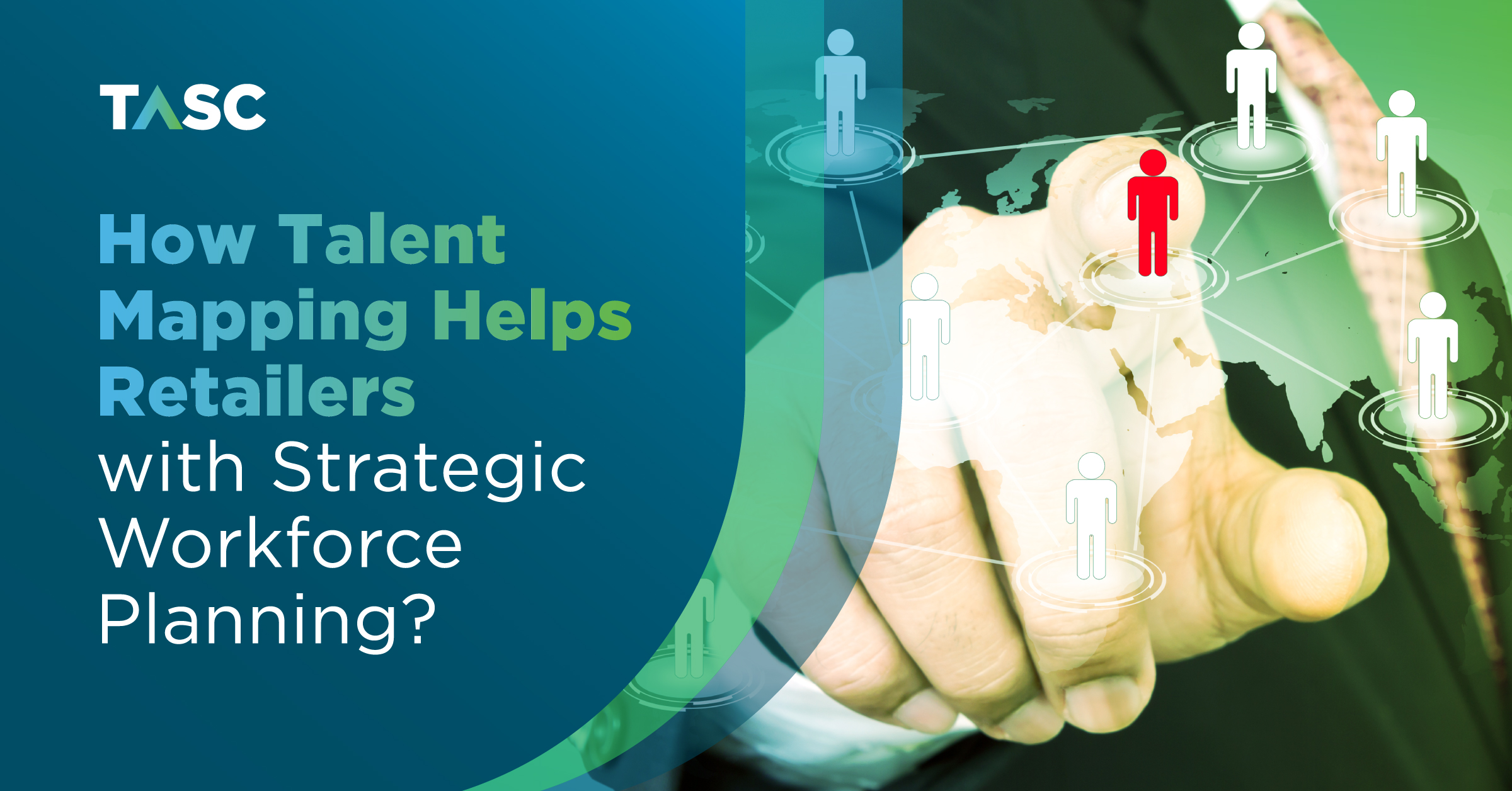The Role of Sentiment Analysis to Improve Employee Engagement in Retail
In 2022, the retail sector in the UAE was valued at AED 306.6 billion, and it's expected to keep growing by around 5% each year until 2027.
It’s great news for the economy because more companies are looking to hire, but it also means a competitive job market.
Now, getting the best people on board is crucial, but just hiring them isn't enough. The challenge is keeping them happy so they stick around.
Believe it or not, 60% of employees who feel cared for stay with a company for three years or more, while only 7% of those who don't feel cared for report the same.
Think about it – the employees working in retail stores are the ones customers interact with the most. They basically represent your brand. So, if these employees aren't emotionally committed or engaged, the whole operation ends up suffering.
According to a study, 77% of people who prioritize employee engagement agree that it directly affects customer satisfaction.
If you want your customers to be happy and your employees to stay loyal to your company, you've got to focus on keeping your employees engaged.
And it's not just about retaining people – it also makes your company more productive.
Companies with highly engaged employees are around 22% more productive.
But here's the thing – just saying you care about your employees isn't enough. You need to actively understand how they feel, and that's where sentiment analysis comes in handy.
By listening to what your employees are saying, you can catch potential problems before they become big issues – saving you from the high costs of having disengaged employees.
Understanding Sentiment Analysis
Figuring out how employees feel and making things better is possible and can be done easily with sentiment analysis. It offers you an opportunity to take a close look at what employees are saying in surveys, emails, or chats to understand how they're really doing emotionally.
By doing this, your HR team can get useful insights, and use them to come up with specific plans to make work more engaging.
For example, if the analysis shows that the customer support team is experiencing low morale, HR managers can quickly jump in with some tailored solutions. It could be in the form of extra training, team activities, or sorting out problems employees are talking about.
But sentiment analysis isn't just about fixing problems. It also helps you notice and celebrate when things are going well. It opens up room for positive reinforcement to keep employees motivated.
The idea is not just about knowing how people feel, but using that knowledge to create a workplace where everyone feels happy and valued.
Why Sentiment Analysis Matters for Your Business?
Sentiment analysis is useful, but how exactly? Here are three ways you stand to benefit from doing a well-rounded sentiment analysis of your retail staff –
- Getting Useful Insights – It helps you find out if employees are happy with how the company handles important things like getting work done and taking care of customers.
- Being Open and Fixing Things – Around 90% of employees are more likely to stay with an organization if they accept and act on their feedback. When you are open to feedback and you’re your commitment to fixing issues, it can make employees feel heard. This leads to more openness, better communication, and happier employees.
- Knowing the Real Opinions – Employee sentiment analysis paints a real picture of what employees think. People usually hear about the best and worst companies from the people who work there. By looking at sentiment data, you will be able to figure out if these opinions are real or just misunderstandings. If it's the latter, you can ask HR to step in to make things better to improve the company's image.
Sentiment analysis isn't just about knowing your employees’ feelings. Rather, it's about turning that knowledge into actions to create a better workplace.
Getting the Real Story on Employee Feelings
Finding out what your employees really think can be tricky. Traditionally, HR teams used yearly surveys to get a sense of how people are feeling.
But in today's world, these surveys have become old-fashioned. They don't offer a full picture of what employees are going through, especially if they feel forced to do these surveys.
Even if you manage to get honest answers, it barely manages to scratch the surface, which means you end up missing the day-to-day stuff.
So, even though doing smaller, more frequent surveys is a good start, it's not quite enough. You have to step it up.
Engaging with your employees goes beyond work hours, reaching into their lives outside of work. Such a holistic approach is crucial for truly understanding their experiences and making real improvements.
Putting Sentiment Analysis Into Action
As a retailer, you have been conducting sentiment analysis in marketing, specifically social media, to understand your customers better. You can use the same tools to track and understand what’s on your employees’ minds.
In the past, figuring out these sentiments needed a bunch of manual work. However recent improvements in machine learning have made it easier for tools to grasp the emotions and opinions expressed.
Here’s how you can do it –
- Review Sites Analysis - Check out platforms like Glassdoor to see what former employees are saying.
- Personalized Coaching - Customize coaching based on individual survey responses.
- Professional Development Plans - Create personalized plans for professional growth using the collected data.
- Chatbot Conversations Analysis - Look into HR chatbot conversations to spot pain points and challenges.
When you blend these sentiment analysis tools with continuous listening, you get a deeper understanding of your employees. This kind of insight lets leaders in the organization make smarter decisions to make the workplace more tuned in and engaging.
Wrapping It Up
Sentiment analysis is slowly making its mark in human resources. Nowadays, HR and recruitment teams are leveraging tools to understand what employees really think about their brand.
They've moved beyond the usual feedback forms and are checking out what people say in their natural social spaces, like on employee review sites such as Glassdoor and CareerBliss.
If you want to be the employer of choice, you need to take a good look at your culture and make sure your employees are truly into their work.
Because here's the hard truth – a retail business with a bunch of disengaged employees simply won't go far. To keep things going strong for the long haul, you have to connect with your employees and make sure they're satisfied. In the end, a happy and engaged team is what makes a business thrive.





